#common rosefinch
Explore tagged Tumblr posts
Note
May I put in a request for Taiwanese birds? I have a great fondness for the Taiwan barbet. (And the Malayan night heron, which isn't endemic but is weirdly common in Taiwan.)
Absolutely!!!
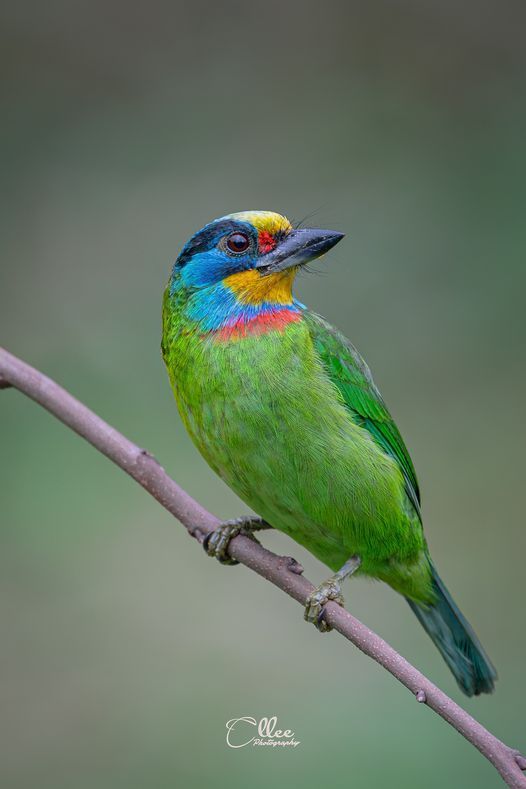
Taiwan Barbet (Psilopogon nuchalis), family Megalaimidae, order Piciformes, endemic to Taiwan
photograph by CL Lee
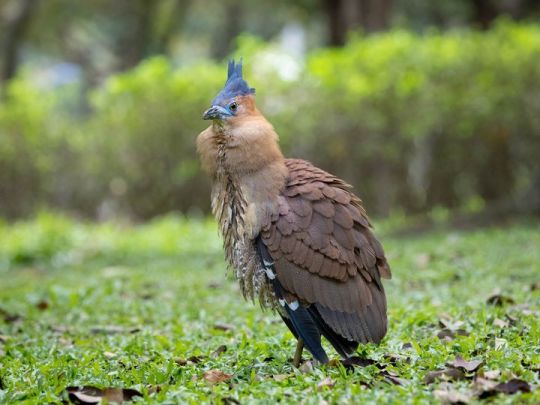
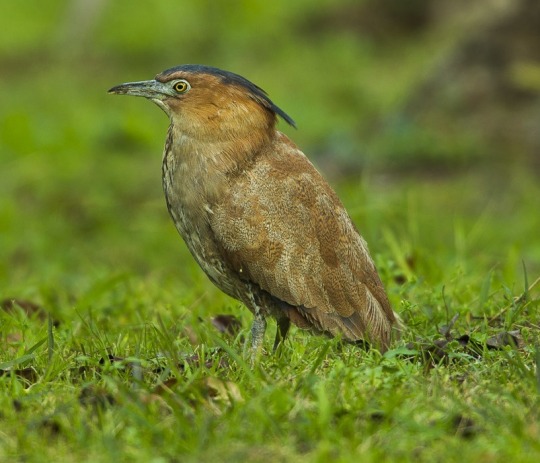
Malayan Night Herons (Gorsachius melanolophus), family Ardeidae, order Pelicaniformes, Taiwan
photograph by Francesco Veronesi & William Chong
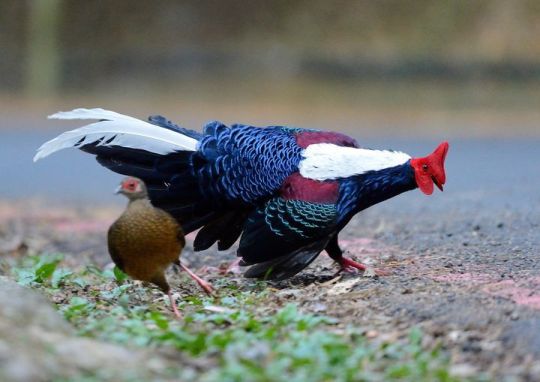
Swinhoe’s Pheasant (Lophura swinhoii), male showing off a little too enthusiastically to a female, family Phasianidae, order Galliformes, Taoyuan, Taiwan
photograph by Susheng Yeh
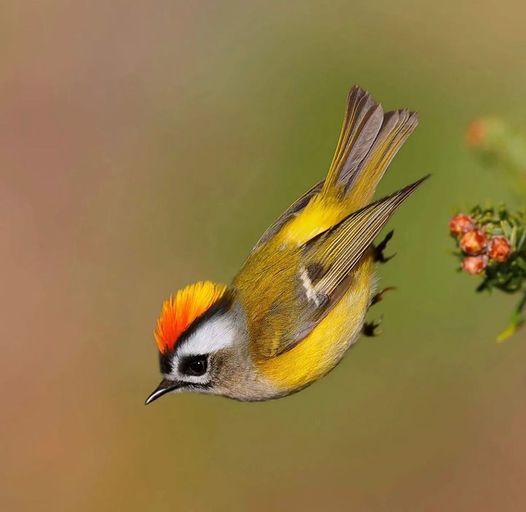

Taiwan Firecrest aka Flamecrest (Regulus goodfellowi), male, family Regulidae, order Passeriformes, endemic to the mountains of Taiwan
photograph by @joinus12345
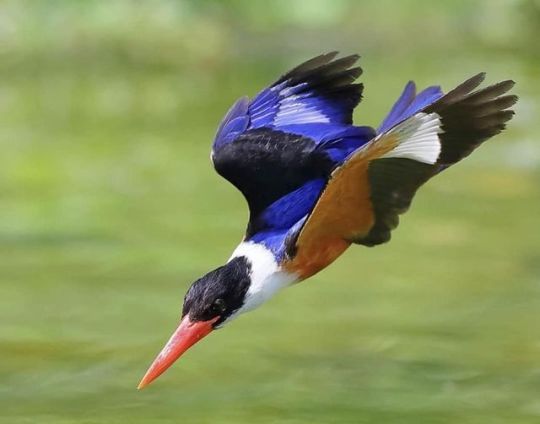
Black-capped Kingfisher (Halcyon pileata), diving for fish, family Alcedinidae, order Coraciiformes, Taiwan
photograph by joinus12345
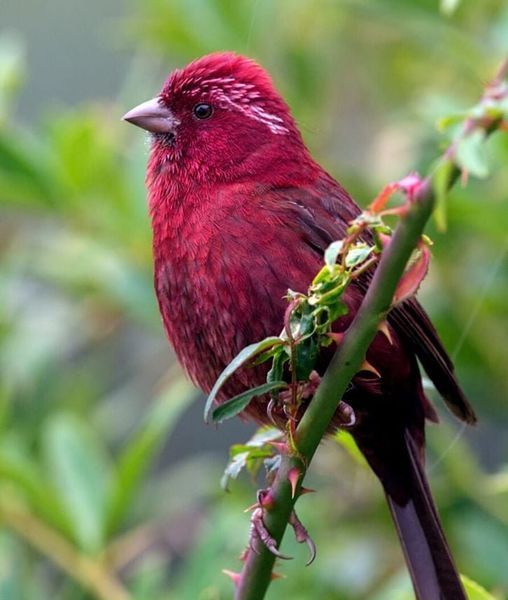
Taiwan Rosefinch (Carpodacus formosanus), family Fringillidae, order Passeriformes, endemic to Taiwan
photograph by ZW Young
283 notes
·
View notes
Text


common rosefinch (Carpodacus erythrinus)
148 notes
·
View notes
Note
🐦
and also 💖 for you

You are getting a common rosefinch! They are (in my opinion) very pretty birds and I thought the colors would fit the aesthetic of your blog! As a fun fact, their song is a chirpy refrain of “hooee-choo-pee-too”, which is said to resemble the phrase “pleased to meet you”.

Here is one looking extra cute trying to cheer you up!
Click here for a bit more info (and pictures)
Source for the pictures
17 notes
·
View notes
Text
Birds of Maglor’s Gap and Lothlann
This completes my series on birds of the Fëanorian realms pre Amon Ereb!!
March of Maedhros, Himlad, Thargelion, Estolad
Flora, Fauna, geography and environment of Arda Masterlist
Maglor’s Gap was the widest break in the mountains and cliffs dividing Beleriand and the lands to the north. It lay between the blue mountains to the east and the March of Maedhros to the west. Lothlann was a wide expanse of plains to the north of the Gap. The rivers greater and little Gelion ran around the western and eastern borders.
Steppes and plains: Daurian, see see partridge, yellowhammer, black grouse, grey necked bunting, great rosefinch, imperial Eagle, steppe eagle, golden eagle, Mongolian ground jay (rare), greater short toed lark, upland buzzard, Pallas’s sandgrouse, laughing dove, great bustard, bush quail, gray, black and painted francolin, snowcock, little bustard, merlin, cheer pheasant, crested lark, painted sandgrouse, scrubfowl, common quail, brown accentor, ring necked pheasant, grey partridge, black bellied sandgrouse, common buzzard, black kite
By greater and little Gelion (stream/river): black faced bunting, Pallas’s bunting, pin tailed sandgrouse (summer only), white throated dipper, brown dipper, common kingfisher, hobby, swamphen
World building notes
--Laughing doves appear on the sigil of some of Maglor’s host who are particularly skilled in the use of song in battle
-Many of Maglor’s cavalry hunt or fight with birds including golden, steppe and imperial eagles.
-Game birds of the prairie steppes such as partridge make up much of the meat that the cavalry and scouts eat, along with hares.
-Most of the cavalry have horse hair plumes but some of the lieutenants and generals have feathers from pheasants or eagles.
-Emu are actually domesticated in some parts of the world and I love the idea of them being kept in both the Gap and Himlad as well as by peoples East of the Ered Luin. They have a huge variety of uses including leather, oil, eggs and meat. And the chicks are very cute 💙
-I am a huge proponent of prehistoric and extinct animals living throughout Arda, as per Tolkien’s comments about “all creatures which walk or have walked the earth”. I really like the idea of small brush moas living near the mountain borders of the Gap
31 notes
·
View notes
Text
I love birds and I also love ABM
So here are some birds I imagine as the wings of some of the angels!
Lucifer - Vinaceous Rosefinch
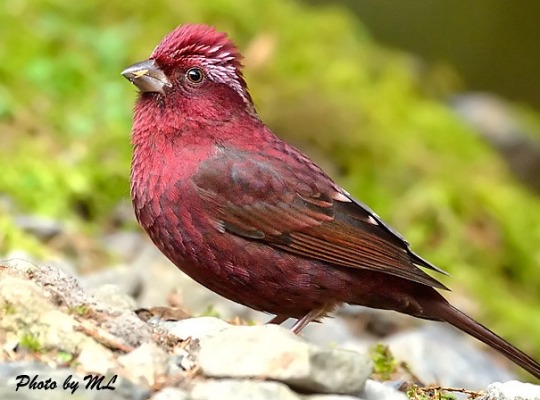
Michael - Brow-Headed Cowbird (female)
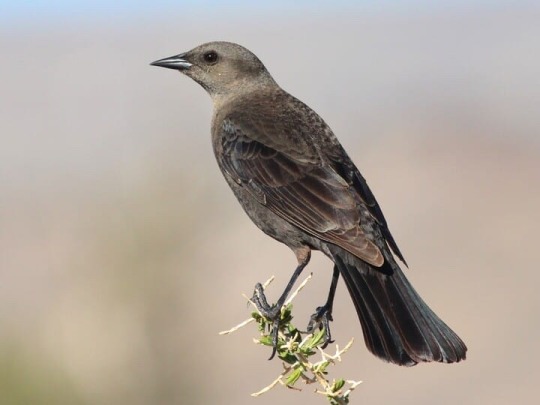
Rosier - Sulfur Crested Cockatoo

Asmodeus - Pink Cockatoo
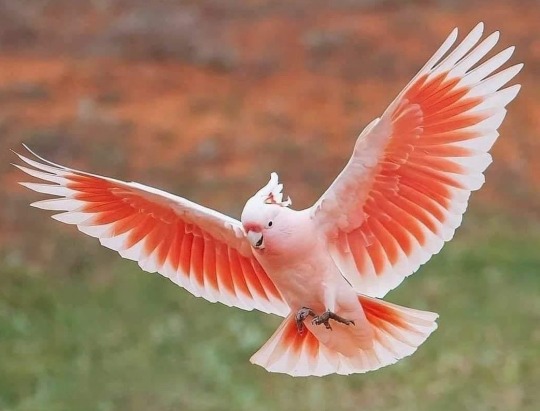
Baal - Common Grackle
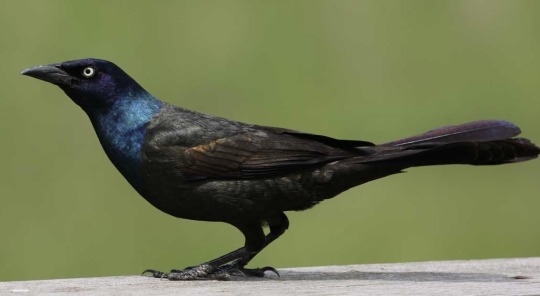
Uriel - African Firefinch
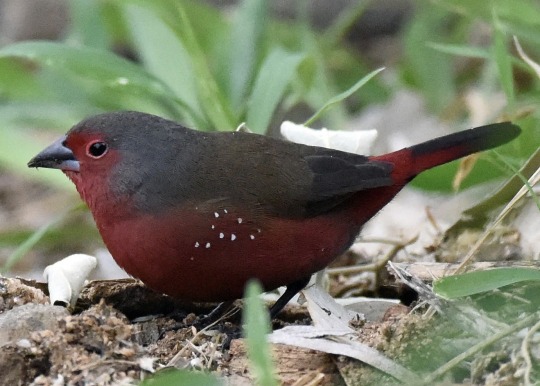
Raphael - Turquoise Green Cheek Conure

Gabriel - Blue Ground Dove
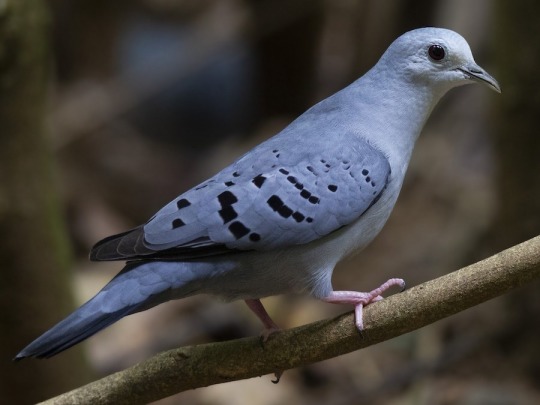
Phanuel - Kakapo
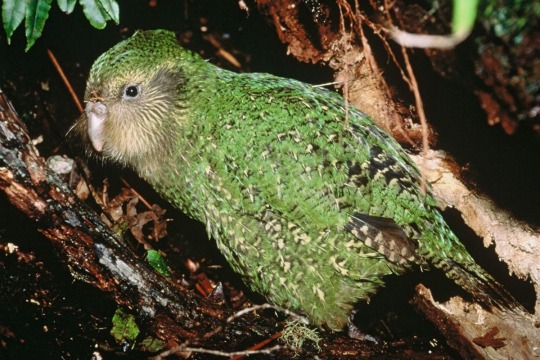
Dina - Common Starling
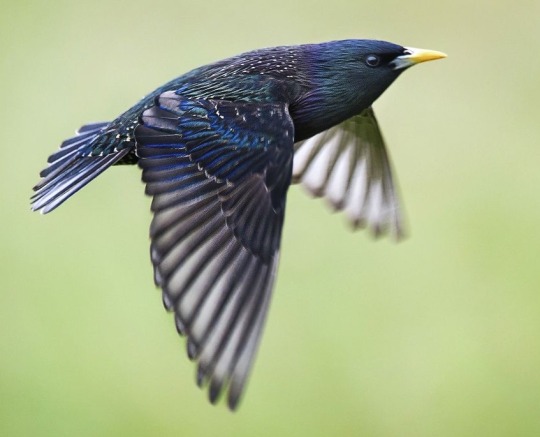
I can only post 10 images on mobile but I plan on doing more! :>
I might also change my mind if I find better options but it’s what I thought fits atm lol
11 notes
·
View notes
Text
The Parable of the Mustard Seed (icon)
“Jesus put before them another parable: "The kingdom of heaven is like a mustard seed that someone took and sowed in his field; it is the smallest of seeds, but when it has grown it is the greatest of shrubs and becomes a tree, so that the birds of the air come and rest in its branches." -Matthew 13:31-32
Recent icon of this passage by Kelly Latimore:

+++
Commenary by Kelly Latimore:
Jesus' parables are one of the ways Jesus trains his disciples. The parables, like the sermon on the mount, have always been crucial for the church to imagine the kind of community it is called to be. We discover again and again that Jesus' parables significance points to everyday life. The parables are meant to be lived.
The original audience may have been perplexed by this story. They would have known that no-one would intentionally plant a mustard shrub. In fact, the Jewish Mishnah forbade the growing of mustard seeds in the garden because they were 'useless annoying weeds'. In the Hebrew Scriptures the "birds of the air" can be a reference to Gentiles/Non-Jews, the foreigner.
This parable suggests that the kingdom of heaven is available to everyone. Even those who may be considered outsiders or not "Worthy". Jesus is calling us to see the significance in the insignificant. The parables of the kingdom of heaven make clear that the kingdom of heaven is not "up there". Through the parables Jesus is teaching us to "be for the world the material reality of the kingdom of heaven brought down to earth." As Jesus is himself the parable of the father so the church is meant to be the parable of Christ. A people in space and time welcoming the outcast, the foreigner, and the stranger. These kind of communities will look like unwanted weeds to the world, or even to other christians. However, this may be exactly the church Jesus is asking us to embody. Prints, Digital Downloads, and Calendars available All of the birds in this icon are native to the Holy Land. Birds in the icon: Palestine Sunbird, Scrub Warbler, Common Rosefinch, Laughing dove, Barn Swallow, House Sparrow, Fire-Fronted Serin, Red- Rumped Swallow, Rufous-tailed Scrub Robin, Woodchat Shrike, European Greenfinch, Tree Pipit, Nubian Nightjar, Northern Wheatear, Green Bee Eater, Eurasian Golden Oriole, European Roller, Eurasian Jay, Great Tit, Hooded Crow, Eurasian Blackbird, Common Chiffchaff, Rock Bunting, Crested Lark, and White Spectacled Bulbul. https://www.facebook.com/photo/?fbid=1006593093924270&set=a.437194030864182 https://www.facebook.com/kellylatimoreicons
33 notes
·
View notes
Text

Manish Ahuja
Common Rosefinch and yellow breasted Green Finch
Sangla valley (India)
57 notes
·
View notes
Note
is it still birb hour... (and may we perchance have one)

common rosefinch
5 notes
·
View notes
Text
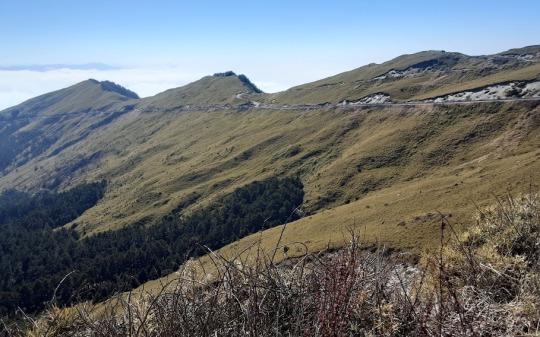
Photo : 站在武嶺往西南可眺台14甲線橫亙合歡山腹 by Chu Lan
Wuling 武嶺,舊名/日語:佐久間峠 Sakuma tōge or 南嶺,為台灣中央山脈北段高峰合歡東峰、合歡主峰間嶺線的鞍部,海拔3,275公尺,是台灣公路最高點,位於台14甲線31.5公里處,在太魯閣國家公園西境,為合歡山森林遊樂區一處景點,行政區劃屬南投縣仁愛鄉大同村。
在武嶺建有一座觀景台,供遊客眺望遠近風景。由於地處偏僻,少有光害,也是夜間觀星的良好地點。
formerly known as Sakuma Pass (佐久間峠, Sakuma-tōge), It's a mountain pass located in Ren'ai, Nantou, Taiwan, transversing the Central Mountain Range near the peak of Hehuanshan within Taroko National Park. It is the highest paved road in elevation in Taiwan.
Many races are held to ride to Wuling, most notably the Taiwan KOM Challenge, a non-UCI sanctioned race beginning in Qixingtan Beach and takes the eastern route. The 107 km race is regarded as an intense climb within the cycling community, with Grand Tour winner Vincenzo Nibali commenting: "I've never ridden such a long and hard climb before in my entire life." Wuling is also a popular stargazing and bird-watching location. Common birds include the Taiwan rosefinch, white-whiskered laughingthrush, and collared bush robin.
and
2023 Taiwan KOM Challenge Race Teaser video 臺灣自行車登山王挑戰
youtube
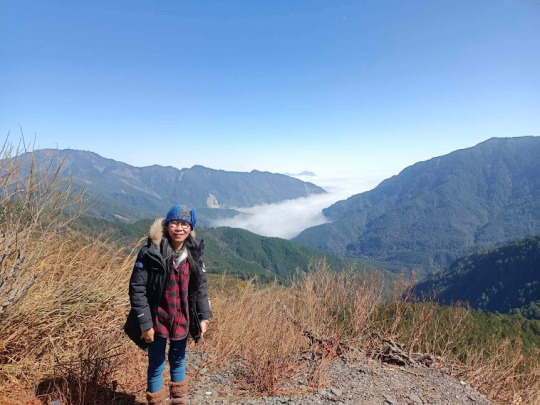
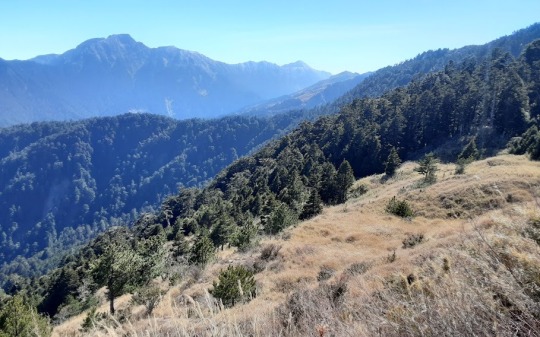

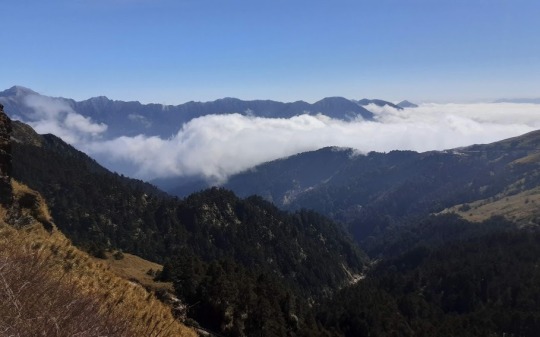

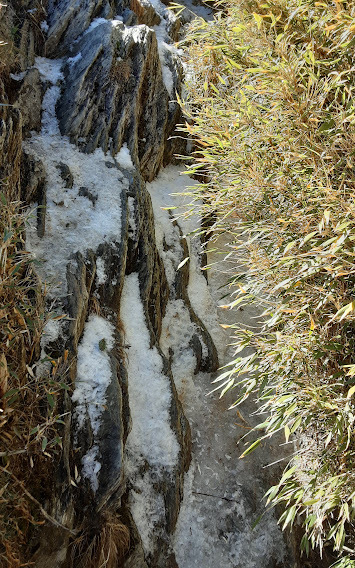






當我沒有目的地,當我並沒有要抵達任何特定的地方,而只為了與山同行而出發時,山就完全地展現了他自己,就像一個人拜訪一位朋友,除了與他在一起之外,沒有其他任何意圖。
The mountain gives itself most completely when I have no destination, when I reach nowhere in particular, but have gone out merely to be with the mountain as one visits a friend with no intention but to be with him.
— Nan Shepherd, The Living Mountain. 💕
#chu lan#朱蘭皮藝#fine craft artist#leather art artist#beautiful life#wuling 武嶺#taiwan 台灣#nan shepherd#the living mountain#travel in 2023#my memories
17 notes
·
View notes
Text


Finally finished Beatrix's (Bea's) official character ref! (based on the common rosefinch)
Species: Skog
Occupation: Navigator of the Nightingales, wicked drum player, Junko fangirl
42 notes
·
View notes
Text
Huaisang's Aviary
Some of these birds are tame and kept more or less as pets. Others are wild ones that either permanently or seasonally lives in one of the garden's Huaisang has re-made to be good habitats for birds. Common birds for the region will (for now) not be on this list (although most birds found in the Unclean Realm are of this variety), unless it has become a tame pet.
Asian Green Bee-eater (gift)
Baikal Teal (caught)
Black Stork (seasonal)
Common Hill Myna (spiritual birds, he has two, a male and female)
Fairy Pitta (gift)
Golden Pheasant (caught)
Green Peafowl (gift from a-yao, unfortunately only owns a male, it's a surly one that he named Wanyin and affectionately calls A-Yin, he's looking for a female companion for the bird)
Long-tailed Rosefinch (wild, but very tame and eats from your hand)
Mandarin Duck (gift)
Red-billed Blue Magpie (caught)
Saker Falcon (gift)
White-naped Crane (seasonal)
5 notes
·
View notes
Text
Benefits of Going to Yunnan in China for a Birding Trip

Watching birds live their lives in their natural homes can be extremely relaxing for anyone. If you are wondering about going on a bird watching trip to an exotic country, then you should think about booking one of the popular Yunnan birding tours in China. Yunnan is popular for its rich biodiversity and its extensive natural landscapes are home to hundreds of different types of birds. Going on a bird watching trip to a different country also allows you to enjoy the benefits of traveling while you enjoy delving into your passion for observing the birds.
Bird Species in the Yunnan Region
The Yunnan Province of southwestern China is home to more than 900 species of birds. The lakes, mountains, plateaus, plains, and wetlands create a unique environment that provides the perfect space for these birds to grow and thrive. So when you come down to the birding sites in and around the Yunnan Province, you can see many different types of pheasants, hornbills, babblers, laughingthrushes, and parrotbills. The popular birds in the Yunnan Province include the White-cheeked Partridge, Kalij Pheasant, Great Hornbill, Long-tailed Broadbill, Golden-throated Barbet, and Lady Amherst’s Pheasant.
Major Attractions of a Birding Trip in Yunnan
Have a look at the main highlights of your birding excursion to Yunnan.
Visiting the Kunming Botanical Garden and Zixi Mountain Forest Park
Kunming Botanical Garden is a huge garden that offers a nice habitat for different types of resident and wintering birds, such as Red-tailed Minla, Red-billed Leiothrix, Blue-winged Minla, and Japanese White-eye. The Zixi Mountain Forest Park is yet another popular site in the region that is known for its unspoiled natural beauty. It is also the home to many popular birds in the Yunnan region.
Gonggangling
Next, you can visit the lush Alpine forests of Gonggangling covered with coniferous trees. These trees are home to numerous forest birds, such as the Sichuan Wood Owl, Blue Eared Pheasant, Blood Pheasant, Chinese White-browed Rosefinch, and Three-banded Rosefinch.
Ruoergai
Ruoergai is an extensive grassland spreading across the Tibetan Plateau that offers stunning views of the surrounding mountains. It is the perfect place for you to go for a nice drive. When you are here, you can spot some of the local birds, such as the Himalayan Griffon, Amur Falcon, Upland Buzzard, Common Kestrel, and the Black Kite.
Importance of Availing Custom Birding Trips
Exploring the unique sights and sounds of the Yunnan region can be an unforgettable adventure that is going to leave a lasting impact on your senses. However, you need some professional help to get there and visit the numerous notable birding sites for which the Yunnan region is so famous. Consulting with a reputed tour operator like Alpine Birding can help you to know all about the region in advance so that you can plan your trip properly.
Whether you take an academic interest in birds, love to watch them in their natural surroundings, or are an avid photographer, you can benefit a lot from booking a curated birding trip to China’s Yunnan Province.
0 notes
Text
love this guy! he gets the stunning common rosefinch! (polish name 'dziwonia')

twins!!
selfship reblog game!!
i want to find a bit more selfshipper mutuals and i thought that hosting a game would be a good way to do that :p and since i bought a bird book a while back, we're doing a bird assigning game (i want to get used to identifying them better)
reblog with an f/o of your choice and i will assign them a bird (—that can be commonly found in poland. dw, they're all very charming)
example:


julian gets the raven, no surprise about that. i wish they appeared around my parts more often
proshippers will be blocked btw :)
149 notes
·
View notes
Text
Birds of Nan Elmoth
Other bird and ecology posts in the Beleriand tag!
Written for @melestasflight
Nan Elmoth or the Valley of Stars was a deep forest East of Doriath and on the Eastern banks of the river Celon, a tributary to Aros which was itself a tributary to Sirion.
We can only speculate about the species of trees that grew here with the primary descriptor being that they block the sun. The climate and habitat is a deep, mixed deciduous forest with high moisture.
Note: I do have to give some license because of the enchantments, which means that the inspiration will take from real places, will not match exactly to the flora and fauna not that I’ve described here, but I’ve done my best, and I’ve done my best to include species that exist in deep forests, and not in open spaces, or at the very least live part time or migratory species in deeper forests.
I usually include world building notes on these post, so they’re not just me listing species but because there’s not a settlement or society here I wasn’t really sure what to do so I included world building notes for the Sindar more generally as well as nearby cultures, including Nandor and Avarin elves, I think all three have spent intermittent time in Nan Elmoth
I do not think that Nan Elmoth has a large amount of fauna because of its enchantments however there are species that have adapted to living there and in the surrounding regions. Most of these species are passerines who do not flock in large numbers. There are also species that do not exist in this world
Deep in the woods: chaffinch, hawfinch, pine grosbeak , common bullfinch, tawny owl, wood grouse, song thrush, common nightingale, hermit thrush
On the outskirts: northern parula, chestnut bunting, brambling, lesser redpoll, common nightingale, common wren
By the pool and in wetlands: rustic bunting, purple heron (migratory)
By the river banks: black faced bunting, common rosefinch, white throated dipper, common crane
Migratory: little bunting, northern wryneck, Bohemian waxwing (breeds in conifers), scaly thrush
World building notes:
-Nightingales, usually species of forest edges and clearings live in Nan Elmoth and have since Melian herself was there. Their song is lower than their kin in other regions and many feel it is more eerie, almost mournful.
-Birds that feed on yew berries and other species poisonous to elves and men are considered symbols of endurance and faith in some Sindar culture.
-The whistling cry of waxwings appears in Avarin music, often emulated through flutes carved from wood and reed.
-Rusting buntings are symbols of maternity and childbearing in some Avari and Sindar cultures
-It is told among the Avari of this region that thrushes and other songbirds guided them to find food in the faint dawn of their awakening.
32 notes
·
View notes
Text
The Sariska Wildlife Sanctuary is home to the highest concentration of Peafowl in India, as well as a key stopover for many passage migrant bird species, including the Common Rosefinch Carpodacus erythrinus, which occurs in huge flocks between March and October, where you can also have a pleasant stay at our resort in Sariska.
#Manor#sariskaresorts#sariskanationalpark#sariskatigerreserve#rajasthantravel#alwar#rajasthandiaries#rajasthantourism#alwartours#wildlife#nature#luxurylifestyle#luxurylife#indiantravelbloggers#luxurytravel#wildlifephotography#wildlifelovers#luxuryhotels
0 notes
Text
The Parable of the Mustard Seed (new icon)
A new icon by Kelly Latimore, followed by his commentary.
“He put before them another parable: "The kingdom of heaven is like a mustard seed that someone took and sowed in his field; it is the smallest of seeds, but when it has grown it is the greatest of shrubs and becomes a tree, so that the birds of the air come and rest in its branches." -Matthew 13:31-32

+++
Commentarry by Kelly Latimore, from his FB page at https://www.facebook.com/photo/?fbid=963990678184512&set=a.437194030864182
Jesus' parables are one of the ways Jesus trains his disciples. The parables, like the sermon on the mount, have always been crucial for the church to imagine the kind of community it is called to be. We discover again and again that Jesus' parables significance points to everyday life. The parables are meant to be lived. The original audience may have been perplexed by this story. They would have known that no-one would intentionally plant a mustard shrub. In fact, the Jewish Mishnah forbade the growing of mustard seeds in the garden because they were 'useless annoying weeds'. In the Hebrew Scriptures the "birds of the air" can be a reference to Gentiles/Non-Jews, the foreigner. This parable suggests that the kingdom of heaven is available to everyone. Even those who may be considered outsiders or not "Worthy". Jesus is calling us to see the significance in the insignificant. The parables of the kingdom of heaven make clear that the kingdom of heaven is not "up there". Through the parables Jesus is teaching us to "be for the world the material reality of the kingdom of heaven brought down to earth." As Jesus is himself the parable of the father so the church is meant to be the parable of Christ. A people in space and time welcoming the outcast, the foreigner, and the stranger. These kind of communities will look like unwanted weeds to the world, or even to other christians. However, this may be exactly the church Jesus is asking us to embody.
Prints, Digital Downloads, and Original Icon available: kellylatimoreicons.com https://www.facebook.com/kellylatimoreicons
All of the birds in this icon are native to the Holy Land. Birds in the icon: Palestine Sunbird, Scrub Warbler, Common Rosefinch, Laughing dove, Barn Swallow, House Sparrow, Fire-Fronted Serin, Red- Rumped Swallow, Rufous-tailed Scrub Robin, Woodchat Shrike, European Greenfinch, Tree Pipit, Nubian Nightjar, Northern Wheatear, Green Bee Eater, Eurasian Golden Oriole, European Roller, Eurasian Jay, Great Tit, Hooded Crow, Eurasian Blackbird, Common Chiffchaff, Rock Bunting, Crested Lark, and White Spectacled Bulbul.
6 notes
·
View notes